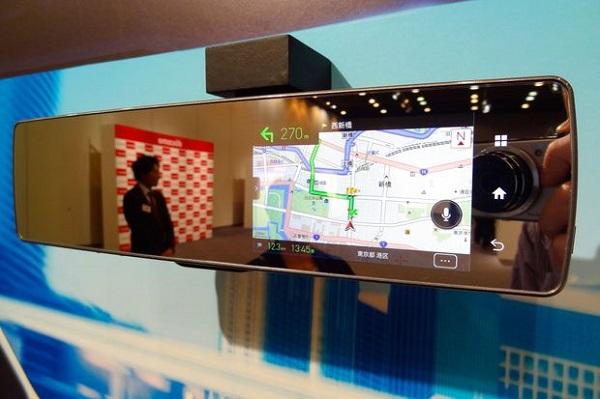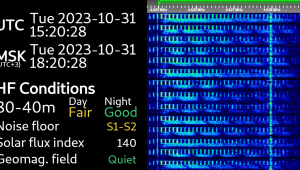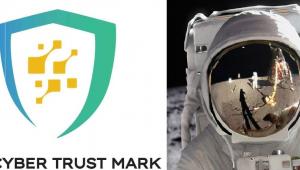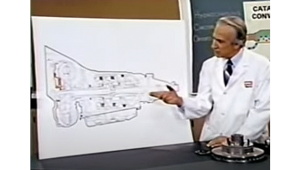As far as car audio goes I'm not that impressed with the current high end OEM products, my DIY installs beat them no problem...But yes doing a DIY install in a new car is a daunting task, and I'm the guy that didn't just pull the middle of the dash, I pull the seats, rolled back the carpet, pulled the door panels, made custom door enclosures and custom adapter plates for the speakers I wanted to install. It didn't take one weekend it took a month of week ends with careful planning and staging. Now cars are more compact, proper speaker placement is way too compromised. Without a complete custom door panel or custom fender panel(kick panel) it's nearly impossible to do it right, and then you'll be reducing already cramped space inside the passenger compartment. I miss the DIY car stereo but it just seems like it's too much to take on these days.
Maybe Pioneer could raise the bar and team with car manufactures...please!!!!

































































